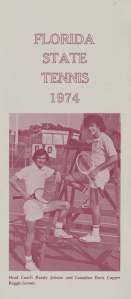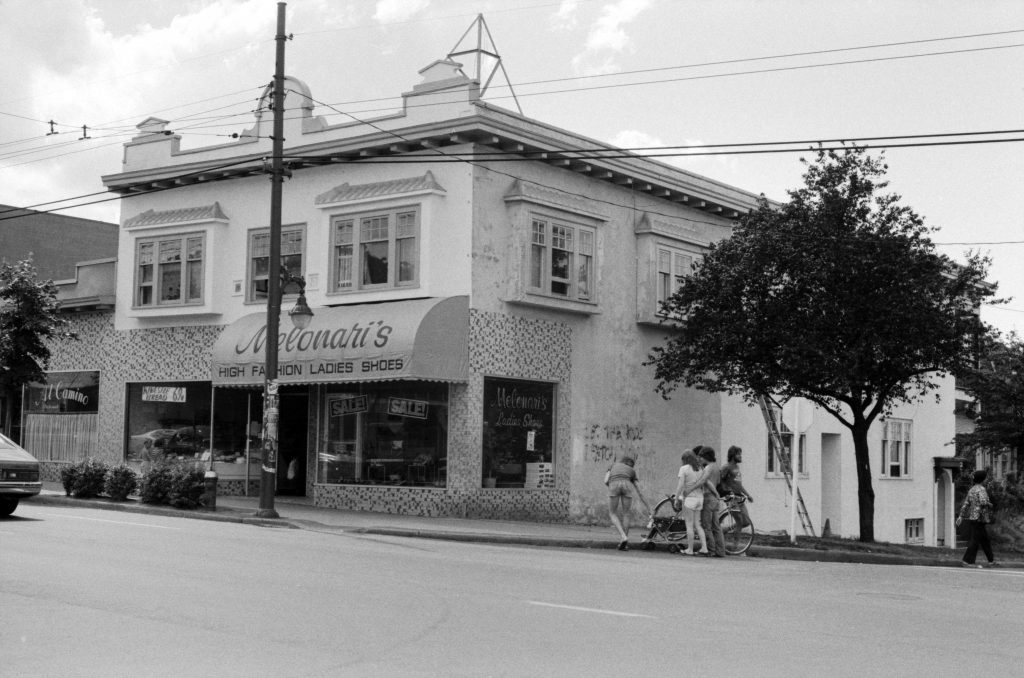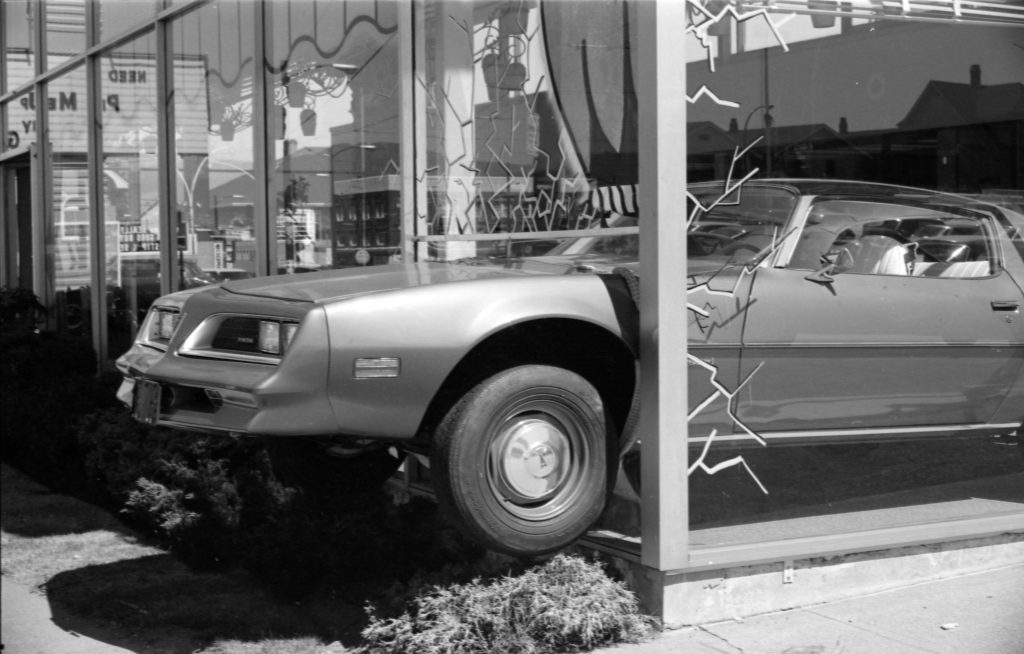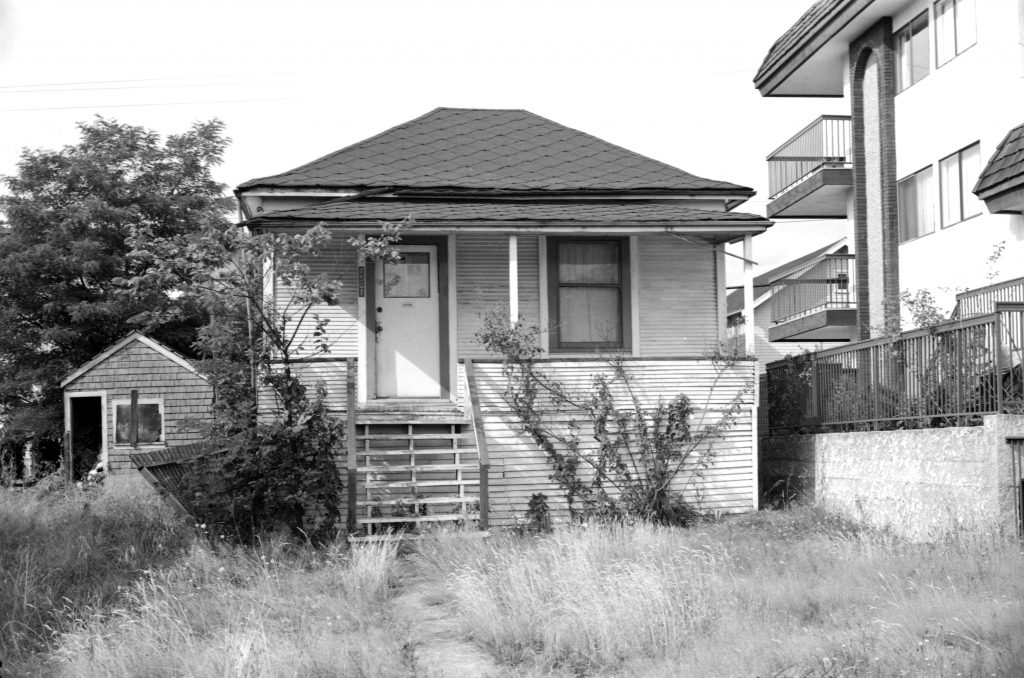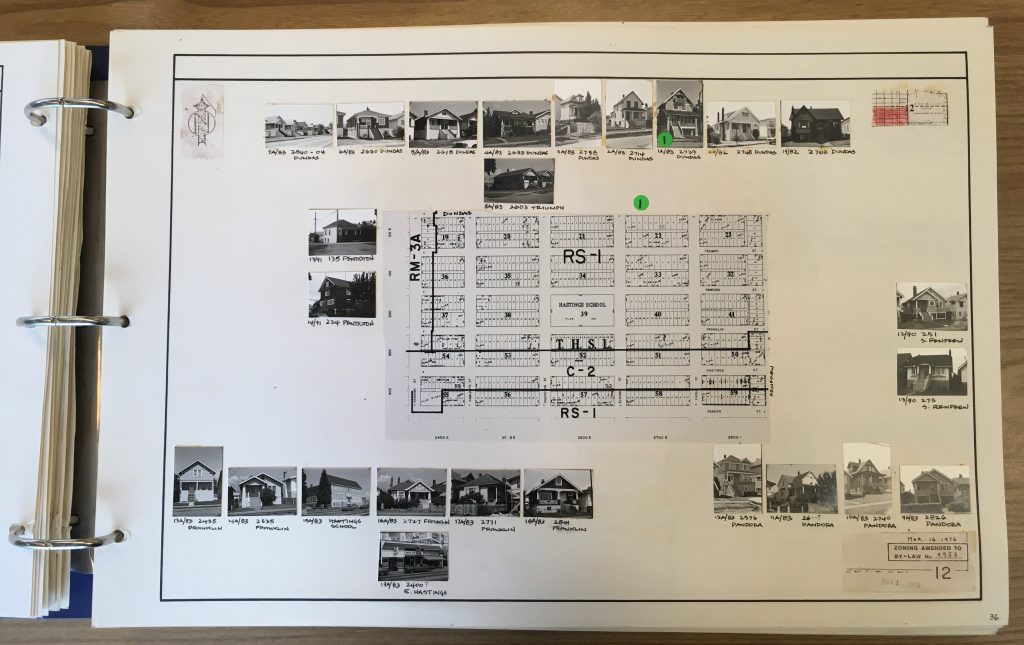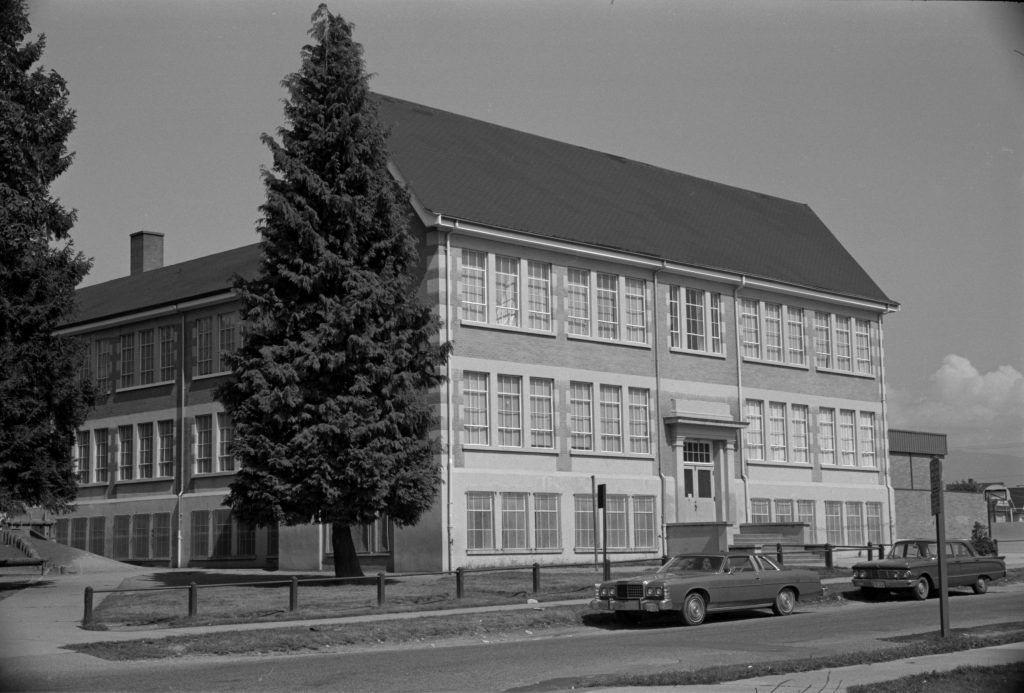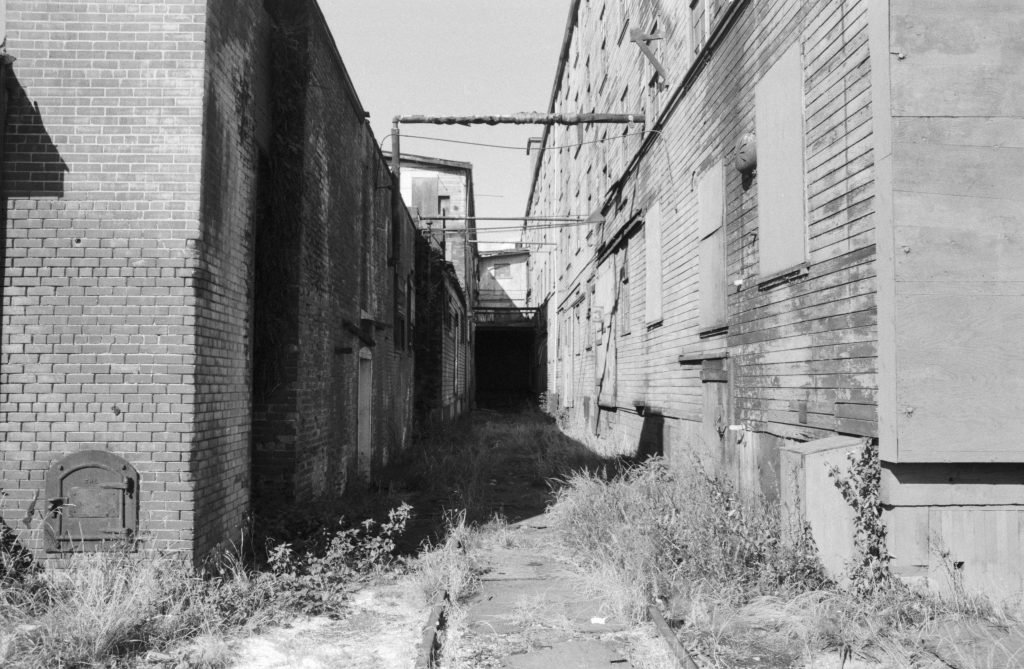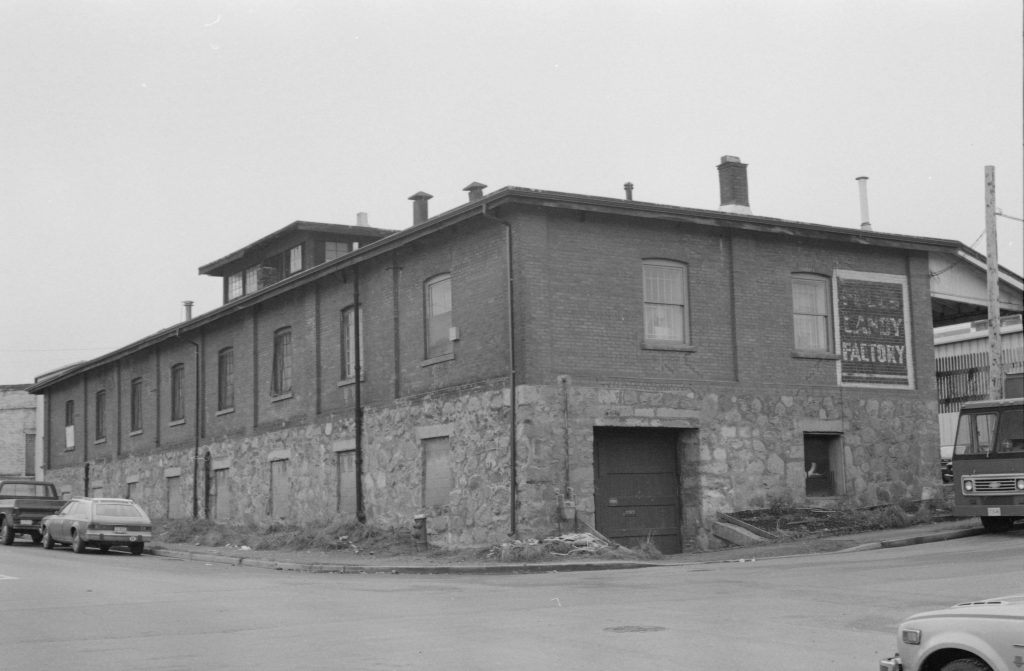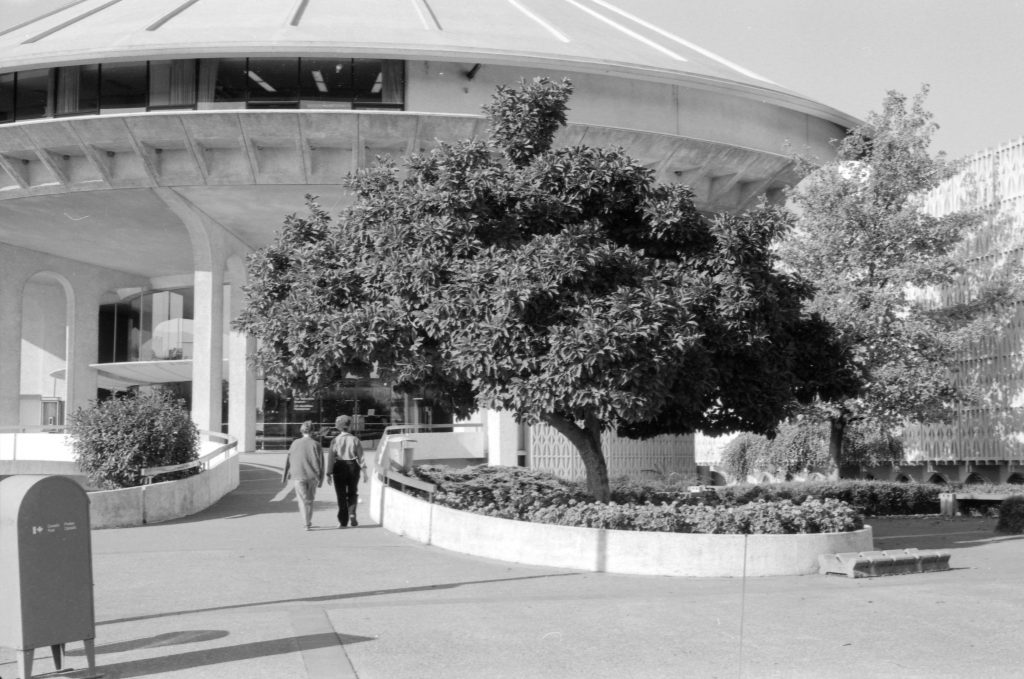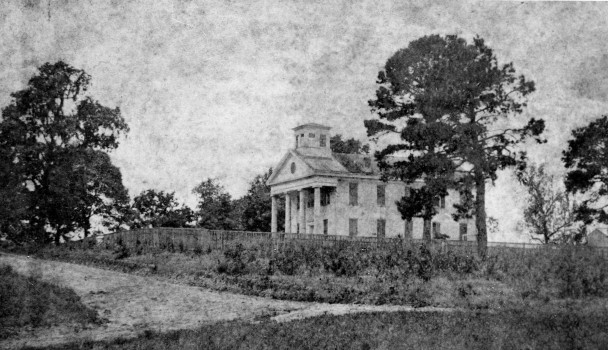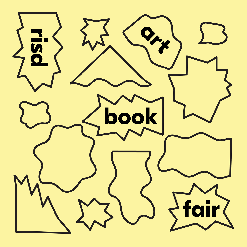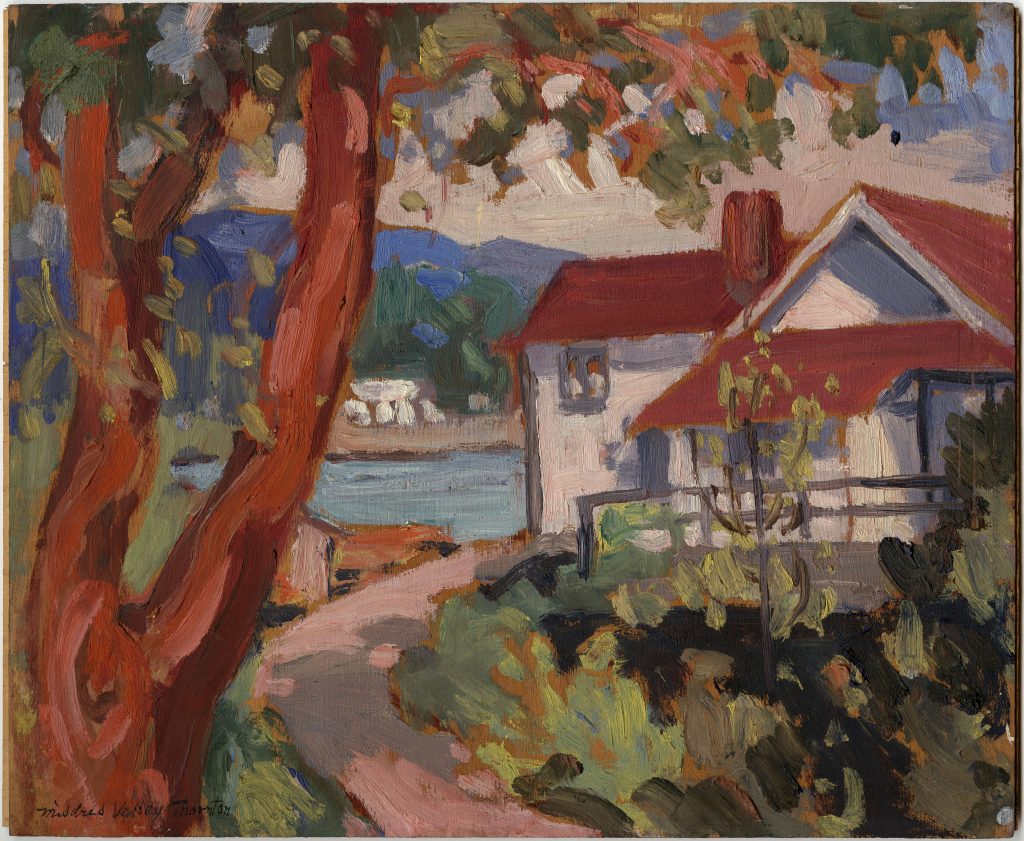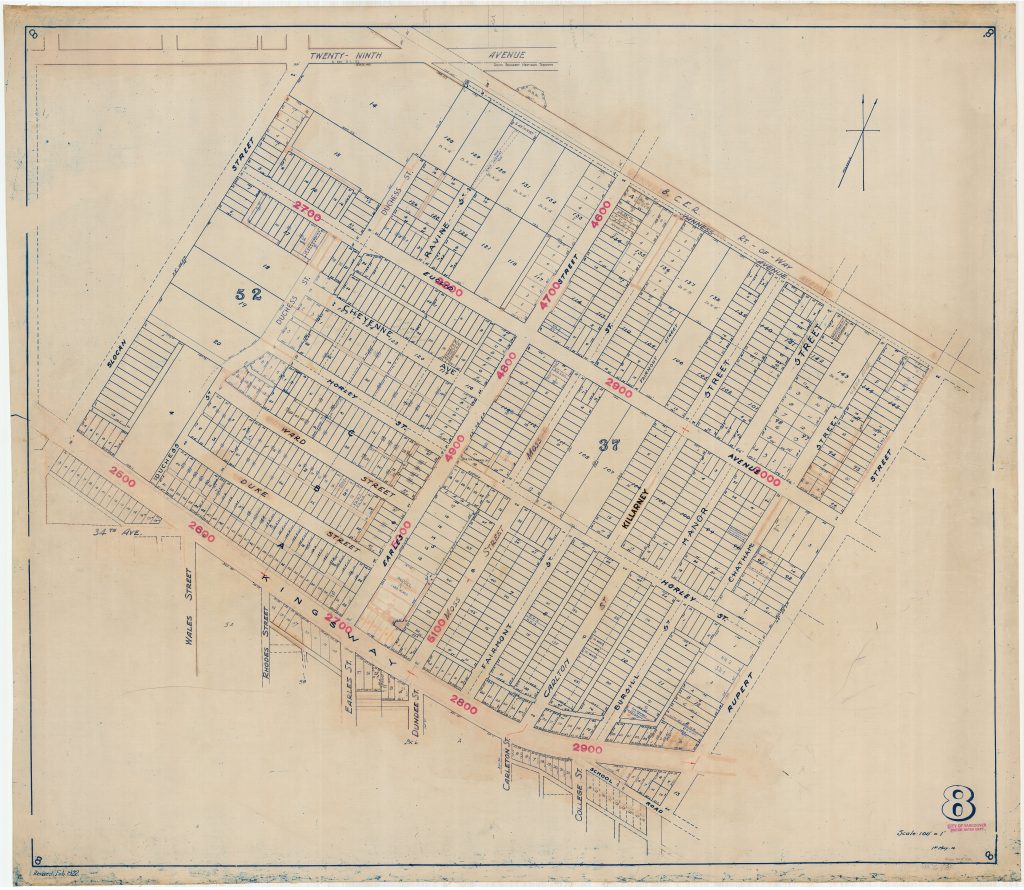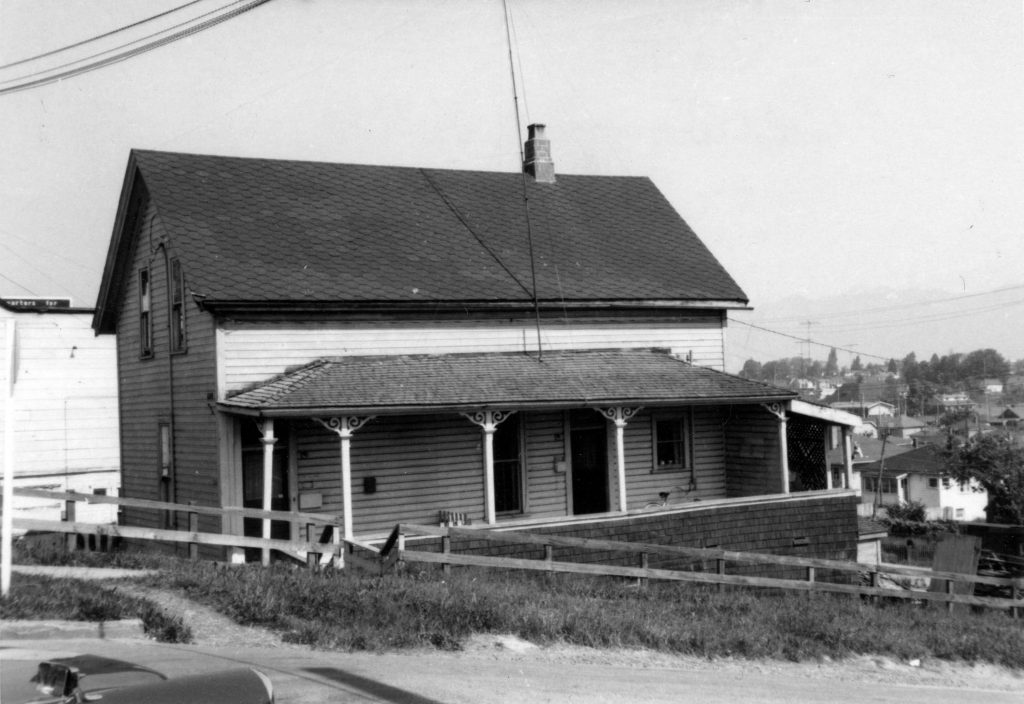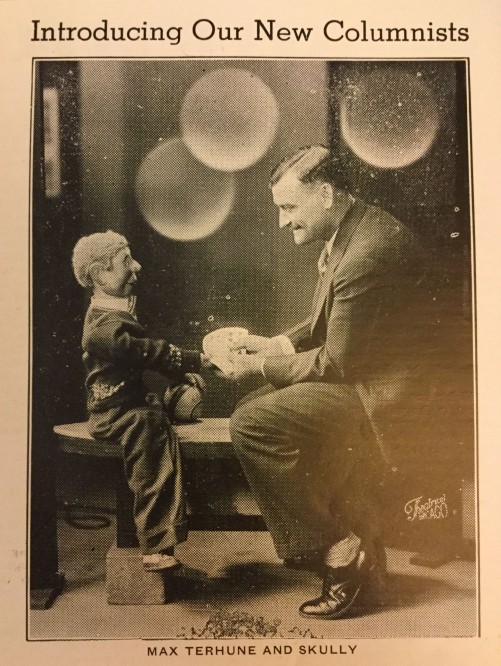In January, Associate Dean Katie McCormick and I kicked off the new semester by traveling to Berkeley Springs, WV, to acquire a new collection of books related to the French Revolution and Empire. Nestled in the panhandle of West Virginia, Berkeley Springs is within shouting distance of Virginia, Pennsylvania, and Maryland. It’s also known as America’s first spa town, with its warm and clear mineral waters attracting tourists for centuries, including George Washington! For us, though, it was where we’d meet Michael LaVean, FSU alumni and French history enthusiast. Over the years, Mr. LaVean has collected books related to Napoleon and the French Revolution and Empire, taking extra care to acquire material that highlights the roles women played during the time period.
The collection is massive. At the end of packing it, we had about 3000 books to bring back to Florida. So, how the heck did we do it?
Boxes – lots and lots of boxes
When we left for West Virginia, we drove a small sedan that was packed full of boxes. We fit about 100 boxes in the back of the car but still had to buy more when we got to West Virginia. When packing special collections materials, we take extra care not to pack them too tightly, and some books need to be delicately wrapped in tissue paper. By the end of packing, there were 188 boxes to be transported back to Florida.

A 15-foot box truck
One of the most nerve-wracking parts of the journey was learning how to drive a 15-foot truck. Neither of us had any prior experience driving anything that big, and you never quite realize how precious visibility is until you don’t have it anymore. 15 foot trucks are also extremely heavy, so braking takes a lot longer than you realize.

Delicious baked goods from Maryland
Because we were in apple country, I developed an insatiable craving for apple pie. After we finished packing, Mr. LaVean took us to a bakery in Maryland where we got – truly – the best apple pie I’ve ever had. We also stocked up on all kinds of goodies, like gingerbread men, wasabi peas, and spicy beef jerky.
 A Bluetooth speaker, pain relief patches, and energy drinks
A Bluetooth speaker, pain relief patches, and energy drinks
Moving trucks don’t have auxiliary plugs, which we only figured out after picking it up. The drive from West Virginia to Tallahassee is already long when you can drive at the speed limit, but in the truck, it took about 20 hours and would have felt like forever if we couldn’t listen to music and podcasts. We were also sore and tired from packing all day, so at one point, somewhere outside of Richmond, VA, we stopped at a Walmart to buy the essentials: a Bluetooth speaker, pain relief patches, and energy drinks. It was (mostly) smooth sailing after that.
A good attitude about bad weather
As we were leaving West Virginia, we drove through an intense storm front for several hours. There was zero visibility, semi-trucks were flying, and we were driving at a crawl. We kept our spirits up with fun music, lots of jokes, and the promise of apple pie for dinner. Our next day of driving was delayed by ice, but when we finally got on the road, the weather was beautiful. Look at this view!

When we got back to town, we immediately started unpacking the collection into our stacks. Here are before and after pictures of the collection in Michael LaVean’s home and in our closed stacks.


To view more material related to Napoleon and the French Revolution, as well as other collections, visit the FSU Special Collections & Archives Research Center in Strozier Library on Mondays-Fridays 10am-6pm.







